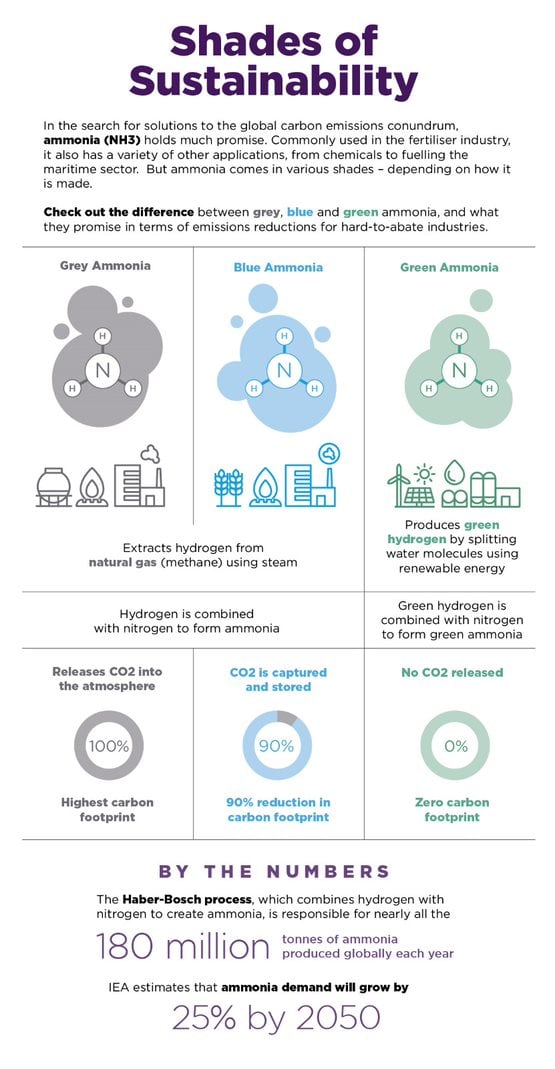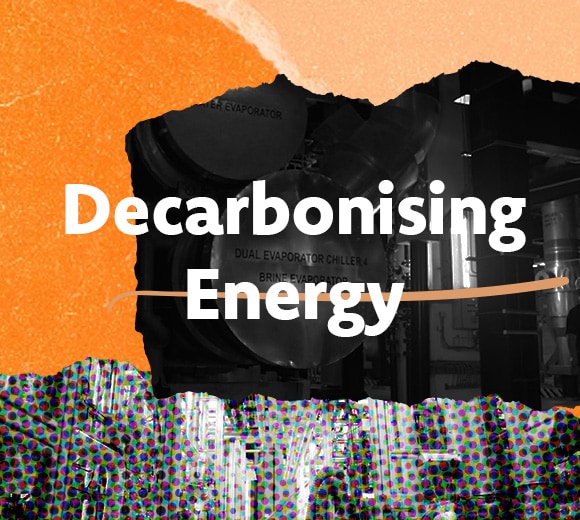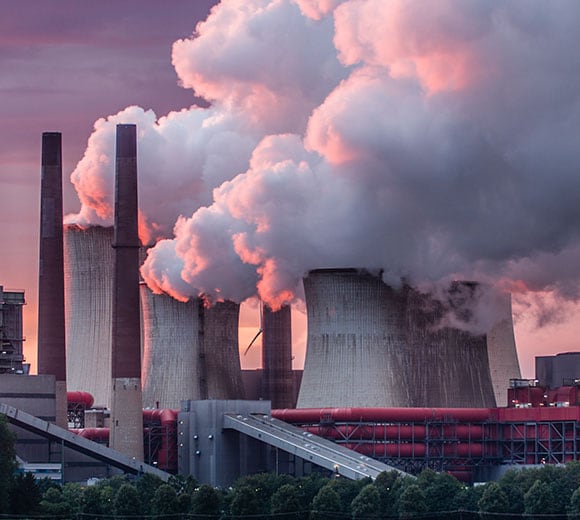Burning Questions: Turning Green Energy into Green Fuel
Burning Questions: Turning Green Energy into Green Fuel
In brief:
● Power-to-X (PtX) uses renewable electricity (“power”) to produce a wide variety of green end-products (“x”), including carbon-neutral fuels
● Accessible to hard-to-abate sectors that cannot easily be electrified
● Could help reduce emissions by these sectors, which are collectively responsible for 30% of GHG emissions globally
PtX makes renewable energies accessible to “hard-to-abate” economic sectors, reducing their dependence on fossil fuels, and bringing us a step closer towards net zero emissions by 2050
Renewables play a critical role in the global energy transition.
However, the shift is not always possible – or at least immediately possible. For industries such as heavy transport, aviation, shipping and manufacturing, the possibility of being electrified directly with renewables is inhibited by prohibitively high costs, limitations in available technologies, and grid infrastructure that is still struggling to meet market demand. And while it may be tempting to race ahead without these hard-to-abate sectors, the fact is, global efforts to reach net zero[1] by 2050 will not be met without them.
Which is where technologies like Power-to-X (PtX) come in.
Alice Yang, Director, Investment at Temasek, and Kim Hedegaard, CEO, Power-to-X at Denmark-based Topsoe, answer your Burning Questions about PtX and its role in the energy transition.
The biggest challenge we face is changing the hard-to-abate sectors – and the fact that we have less than 30 years to change and replace what took 150 years to build.
Kim Hedegaard, CEO, Power-to-X, Topsoe
Q: What is Power-to-X?
Kim: It’s basically using renewable energy to create a broad range of chemicals, including carbon-free fuels. It starts by splitting water (H2O) into oxygen and hydrogen through electrolysis, and from there, well, your imagination sets the limit – whether you use the hydrogen directly, for example to power transport, or synthesise it into e-methanol for shipping, e-kerosene for aviation, e-ammonia for green fertilisers, green plastics…
Alice: That’s the “x” in PtX – hydrogen is a basic but versatile molecule and can be converted into a lot of different products applicable to different end-markets. By rethinking the process of acquiring it, we can reduce our dependence on fossil fuels and increase our climate resilience through other renewable energy sources.
Why are emissions in heavy-duty transport and heavy industry so hard to abate? Why must we address them?
Alice: There are many different reasons. For heavy industry like cement, steel and chemicals, key feedstocks like hydrogen are an integral part of the production process, and electrification doesn’t address the issue. For heavy-duty transport like shipping, trucking and aviation, fossil fuels remain the more commercially viable option. The problem is, according to the Energy Transitions Commission, these hard-to-abate sectors are responsible for nearly a third of global CO2 emissions[2] , and we cannot ignore them. If we are to stay on track with our net zero goals, we need to drive the adoption of alternative solutions. In aviation, for instance, Temasek invests in sustainable aviation fuel (SAF) technology providers as well as producers; we are also helping to catalyse the use of SAF at Changi Airport, in a partnership with SIA and CAAS.
How can PtX help? What difference will it make?
Alice: Ultimately, if we want to achieve net zero emissions, we need to adopt a holistic approach, and combine a range of innovative technologies. PtX has the potential to enable many hard-to-abate sectors that cannot electrify directly, to still make a move to net zero.
Kim: If we take the hard-to-abate sectors, where we believe the PtX solutions are most crucial, just mitigating that alone could remove 30% of all greenhouse emissions globally.
What is in the way of widespread adoption?
Alice: The technologies are already there, but the unit economics are not. That's why we’re coming in as investors, to fund technology breakthroughs and scale sustainable solutions in order to bring costs down to match some of the “grey” or traditional solutions. We also see governments taking a more active role, with subsidies and grant programs, corporates committing to greener products, and consumers becoming more aware of – and choosing – more sustainable products, even when there is a small premium. All these efforts help drive the adoption of green solutions and accelerate the journey to net zero.

Kim: Temasek has opened up the playing field for Topsoe, giving us access to companies on a global scale. Changing the energy infrastructure, decarbonising hard-to-abate sectors, that’s not something one company can do. It requires an ecosystem. We hope to collaborate with others on a global scale, because this is not a zero-sum game. It's not about reducing the carbon emissions in the US or in Europe, or in Asia, it's about reducing the carbon emissions globally and we need to work together.
That's the only way to pace the reduction of carbon emissions.
At Temasek, sustainability is at the core of all that we do. We actively work with our portfolio companies to address the climate challenge, reverse loss of nature and build a more inclusive society.
Temasek is an investor in Topsoe.



